Topics:
Never Miss a Beat - Get Updates Direct to Your Inbox
FILTER:
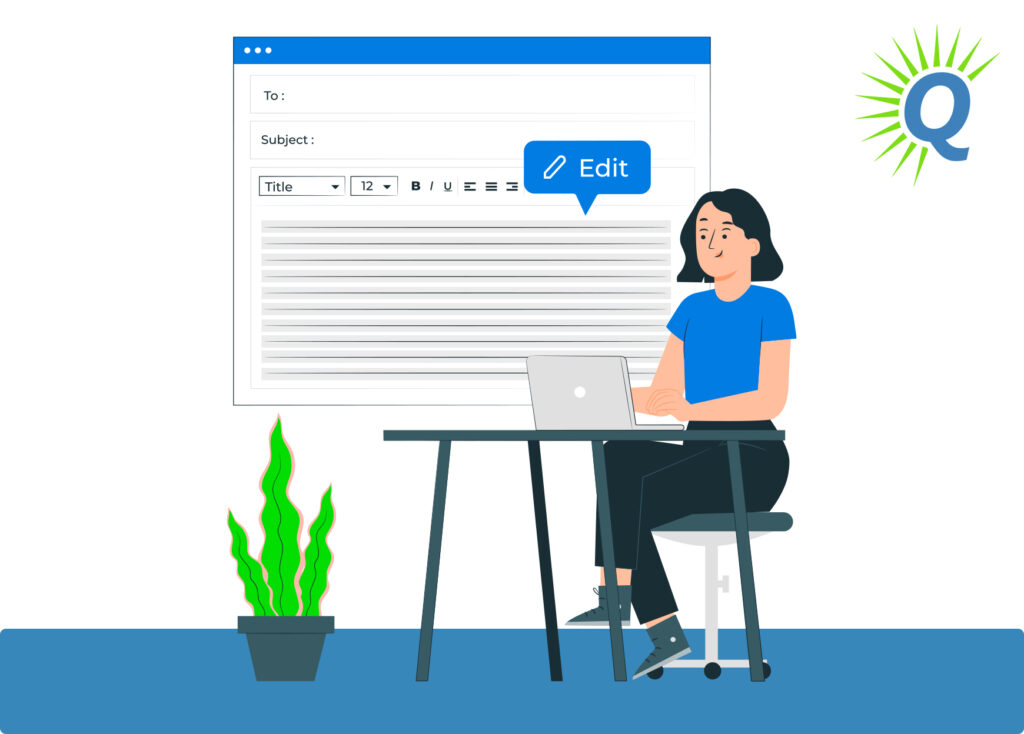

Grow Your Blog Quickly By Following This Proven Framework
By Quiet Light
Without a cohesive blog strategy, it can be incredibly difficult or even impossible to see the results you’re looking for. Unfortunately, that can be true even if you’re producing high-quality blog content. Therefore, it’s important to know what activities you should focus on in order to grow your blog quickly and accomplish your goals.
In this article, we discuss nine high-leverage ways to grow your blog. These include:
- Responding to blog comments
- Using Instagram Stories effectively
- Scheduling your social media posts
- Posting consistently
- Investing in a top-notch host
- Building your email list
- Making good use of internal links to increase search rankings
- Performing keyword research regularly
- Collaborating with other bloggers


How to Start a Blog As a Beginner
If you are just starting your blog, there are several important things to do to get your site up and running. These include:
- Picking your topic
- Choosing your domain name
- Selecting a hosting service
- Choosing your platform
- Creating your site
- Publishing your first posts
In addition, you should create social media accounts for your blog. We dive into how to use social media to grow your blog later in this article.
Buy a Profitable Online Business
Outsmart the startup game and check out our listings. You can request a summary on any business without any further obligation.
Each of the steps above should be considered carefully in order to determine which direction is right for your particular needs. However, there are several big-picture things to keep in mind when setting up your blog.
For starters, choose a blog topic that has sufficient Google search volume and commercial potential to be able to generate significant traffic and revenue (assuming you want your blog to generate an income).
At the same time, select a topic that plays to your interests and strengths. This helps you maintain motivation and interest in managing the blog in the long term.
Your domain name should be broad enough to encompass all potential topics your blog might cover. You can purchase your domain name from any domain registrar that is accredited by ICANN. Once you have selected and purchased your domain, choose a hosting service. We will explore this step in more detail later on.
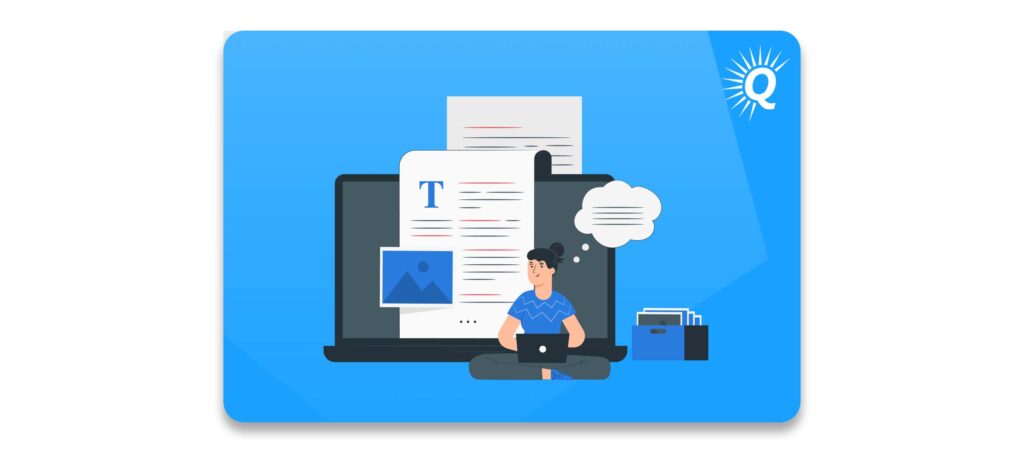

Next, choose your platform, like WordPress, and create your site. From there, all you need to do is write and publish your first blog post.
Again, this is a high-level view of the steps involved in starting your blog. Each stage along the way requires additional research in order to make the right choices to meet your goals and needs. Take the time from the beginning to understand the options available to you and make well-informed decisions.
“Choose a blog topic that has sufficient search volume and commercial potential to be able to generate significant traffic and revenue.”
How to Grow Your Blog
Once your site is up and running, the next order of business is learning how to grow your blog traffic. If you are thinking about selling your blog in the future, the historical growth patterns it exhibits will have a large impact when measuring the value of your blog.
Whether you are starting from the beginning or already have some readership, there is always room for growth. Fortunately, there are many different methods you can employ to grow your website traffic. Below, we explore nine different ways you can optimize and grow your blog.
Utilizing one or two of these approaches will likely produce results. By implementing all of these strategies simultaneously, however, you give yourself the best chance at seeing significant growth.
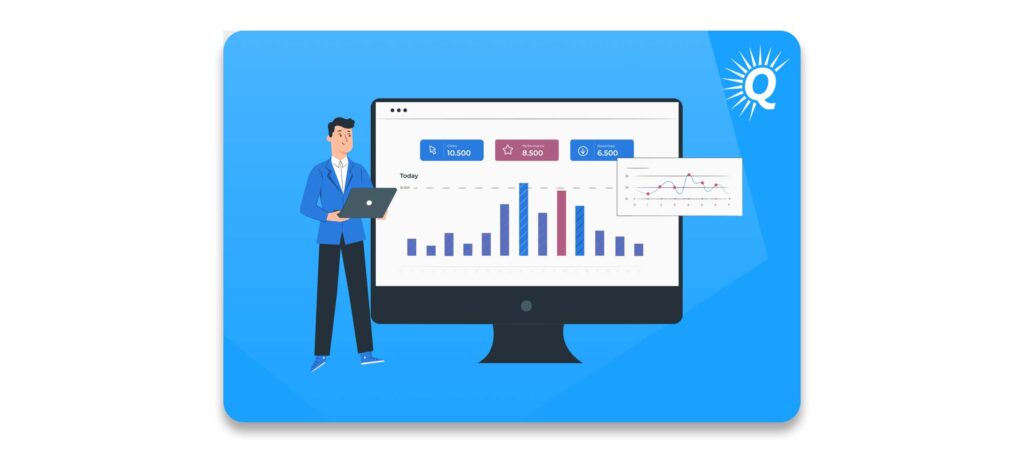

How fast can you grow your blog?
You may be wondering how fast you can grow a blog. There is no set answer to this question, as your growth rate will depend on many factors. Your topic choice, strategy, competition, time commitment, and budget will all impact your growth rate. If you have the resources to throw a lot of money at it, you will see quicker results.
Driving growth does not have to be expensive, though; it may just take a little more time. If your goal is to make money blogging, it may take between two and four years to get to a point where you can start monetizing your readership.
By utilizing all nine strategies below, you can work to drive significant growth for your blog.
“Your topic choice, strategy, competition, time commitment, and budget will all impact your growth rate.”
1. Respond to Blog Comments.
Aside from attracting new readers, keeping your loyal readers engaged is paramount to driving growth. If you consistently lose readers on the back end, driving traffic and gaining new readership will only get you so far.
Consistently engaging with your audience is crucial to establishing loyal readers. By communicating back and forth with your following, answering questions, and connecting on an individual level, you help establish trust between you and your audience.
One of the best ways to do this is to reply to each blog comment that you receive. By doing so, you bring your readers into a two-way conversation, making them part of the blog experience. If you fail to reply to comments, your blog will be much less personal than it could be otherwise.
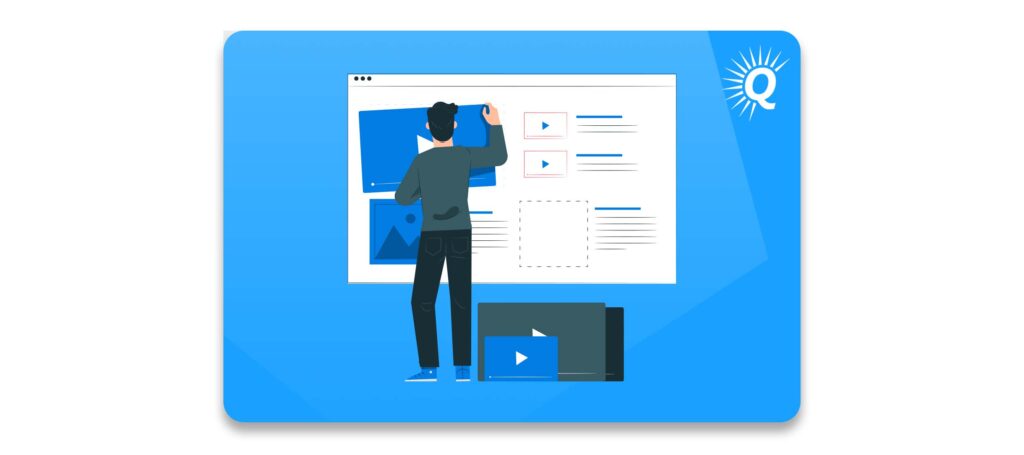

You can help create engagement by asking for comments or asking your audience about their personal opinions or experiences relating to the topic of a given post. By inviting conversation, you increase the number of comments you are likely to receive.
Once a reader does comment, engage with them. Not only will this increase their interest in reading your blog, but it will also signal to other readers that you are involved in the conversation that is created by your posts.
Answer questions, thank your audience for praise, and ask relevant questions. If you do receive a negative comment, be sure to remain respectful. You do yourself and your blog a disservice if you stoop to the level of a negative commenter and engage in put-downs or other forms of bickering.
“If you consistently lose readers on the back end, driving traffic and gaining new readership will only get you so far.”
2. Use Instagram Stories.
Once your blog is running, social media is a powerful tool to attract new readers and grow your blog. Social media marketing is best used in conjunction with other blog-specific growth strategies.
Instagram Stories are especially helpful when it comes to growing your blog. You can use Instagram Stories to:
- Attract new readers
- Engage with your audience
- Build trust and affinity with your readers
Your Instagram marketing strategy should include the use of Stories. By creating engaging and interesting Stories, you can reach individuals who have not heard about you yet. In addition, influencer takeovers can serve to share your content with wider audiences. From there, you can use links to direct them to your blog to explore your content further.
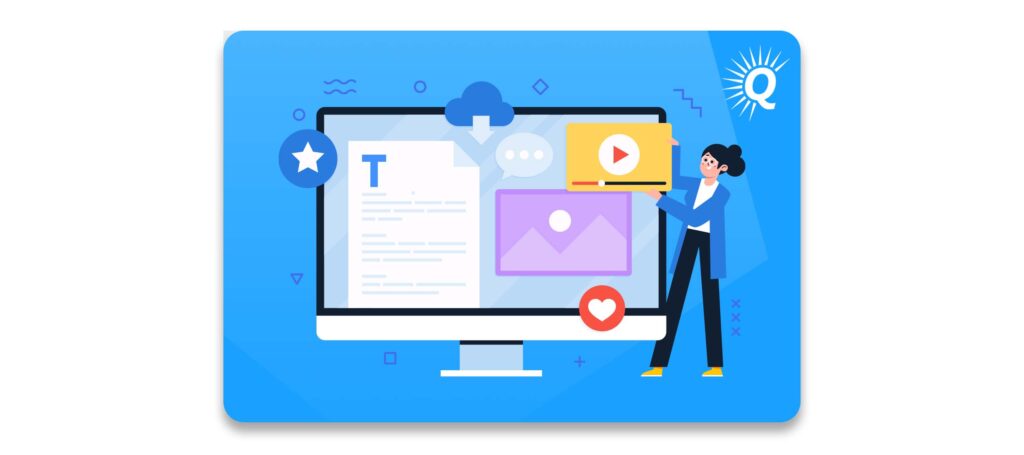

In addition to accessing an expanded audience to drive growth, Instagram Stories are a powerful way to further connect with your audience in a more personal manner. You can post questions or polls, receive DM responses, message your audience, and repost their content.
By connecting with your audience through Instagram Stories, you can increase reader loyalty in the long term. Combined with responding to blog comments, this can help to retain new readers over time.
“By connecting with your audience through Instagram Stories, you can increase reader loyalty in the long term.”
3. Schedule Your Social Media Posts.
As mentioned, using social media marketing is a powerful way to grow your blog. If you do decide to use this strategy, the way you plan and execute your approach matters.
Creating and posting social media content can be a time-consuming process. For this reason, some businesses decide to hire an outside social media management firm or individual to take care of it for them. Regardless of whether you do it on your own or hire someone else, scheduling your social media posts can save you time and keep you organized.
There are several things to think about when it comes to scheduling your social media posts. For one, you want to post when your audience and followers are actually online. There is a range of tools, like hootsuite.com, that provide you with the ability to see when your audience members are most likely to be online, down to the hour.
In addition, the frequency with which you post has an impact on your overall success. While social media algorithms are always changing, there are some guidelines regarding post frequency depending on the social media platform you use.
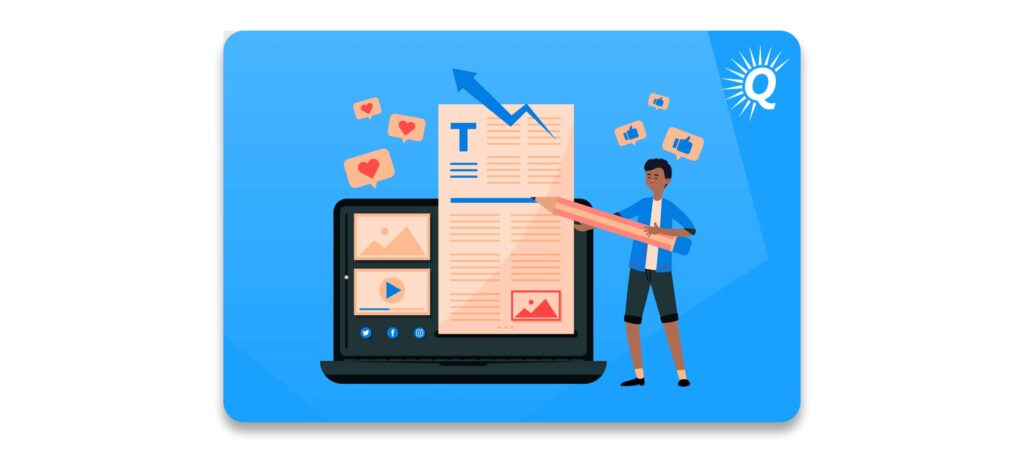

For Instagram, publish two posts per week and two Stories per day for the best results. TikTok ranges from one to four times per day. Facebook organizes its feed with more weight being paid to how recently a post was created. As such, it is important to really know when your audience is online and post on those occasions.
Of course, you may not have time to create multiple TikTok or Instagram posts each day. In order to streamline your process, you can create all (or most) of your social media content in one batch and schedule it to be released over a given period of time.
4. Post Consistently.
As we have seen, it is important to create a regular posting schedule on social media to see positive results with your social media marketing strategy. When it comes to your blog, it is also important to post consistently to grow your blog readership.
The frequency of posts varies depending on the goals of your blog. If you are trying to create brand awareness, it is advisable to post one-to-two new posts per week. Keep the posts varied in the nature of the content, and make sure you provide useful information.
However, if your main goal is to maximize organic traffic growth, it is better to post as much quality content as possible. In reality, this boils down to three-to-four posts per week for smaller blogs and four-to-five posts per week for larger blogs.
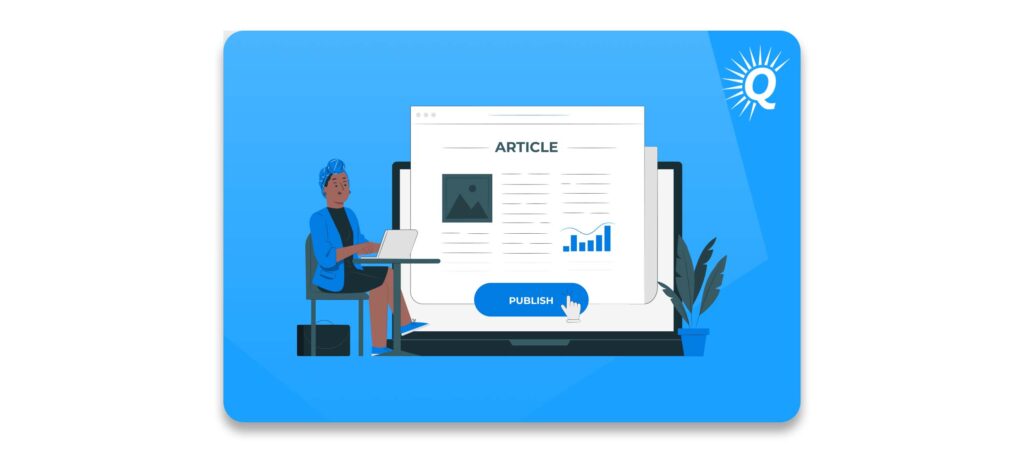

This is the suggested posting rate in order to maximize your blog audience growth. However, content creation can be a time-intensive process. Not everyone has the time or resources to create four blog posts per week on top of running all of the other aspects of their blog business, especially in the beginning. If this is your situation, use this information as a guideline to strive for.
In addition to creating valuable content, it is also important to make sure it is optimized for SEO purposes. We will get a bit more into this in a later section. But for now, make sure to choose appropriate topics and blog post titles, optimize your H2s, and use appropriate keywords throughout the piece.
“If your main goal is to maximize organic traffic growth, it is better to post as much quality content as possible.”
5. Invest in a Top-Notch Host.
The performance, and thus ranking, of your blog depends partly on the quality of your web hosting service. As such, it is very important to choose a top-notch host when setting up your blog.
Your website has a significant amount of information that needs to be stored in order to be accessed by visitors. This information is stored by a web hosting service. The web hosting company maintains physical servers that store website information.
Thinking of Selling Your Business?
Get a free, individually-tailored valuation and business-readiness assessment. Sell when you're ready. Not a minute before.
There are several reasons it is important to choose a quality hosting service. First, web hosting errors can cause your blog to go offline for periods of time. The better the hosting service, the less downtime you can expect your site to have.
If you are monetizing your blog, it is important to minimize the downtime you encounter. When you receive traffic, whether it be from a paid Facebook ad or an organic search, you want to maximize the chance they will be able to access your site, thus increasing their chance of generating revenue for you.
“By choosing a quality web hosting company with adequate bandwidth for your site’s needs, you help to ensure your page’s performance will be up to par.”
Second, your site’s SEO ranking and performance depend in part on its loading speeds. A slow loading speed causes a higher visitor bounce rate, indicating a poor user experience. There are many things that can impact the loading speed of your site, including how your code is set up and the number of plugins it runs.
However, your hosting plan and chosen host provider also play a role in loading speeds. By choosing a quality web hosting company with adequate bandwidth for your site’s needs, you help to ensure your page’s performance will be up to par.
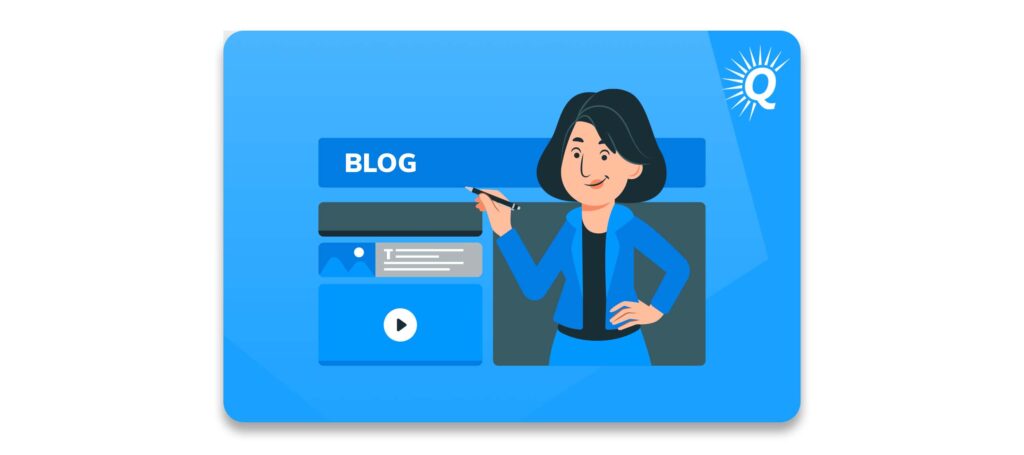

6. Build Your Email List.
Building your email list is one of the most important things you can do as a blog owner. By gaining email subscribers, you unlock a range of benefits for your business, including:
- Increasing your blog readership
- Indirectly improving your SEO
- Testing new ideas and learning about your audience
- Unlocking a powerful way to monetize your blog
Every time you create and publish a new blog post, you can send an email newsletter notifying your email list subscribers. Depending on your open and click rates, this has the potential to provide a dramatic bump in your blog pageviews and readership.
This increase in traffic serves to improve your search ranking performance with Google or an alternative search engine, which in turn will help you in your efforts to attract more organic traffic.
In addition, the way in which your email list subscribers interact with your new content will serve to inform you about what they like and dislike. It can provide you with a powerful way to understand your audience better, allowing you to create content that serves their interests.
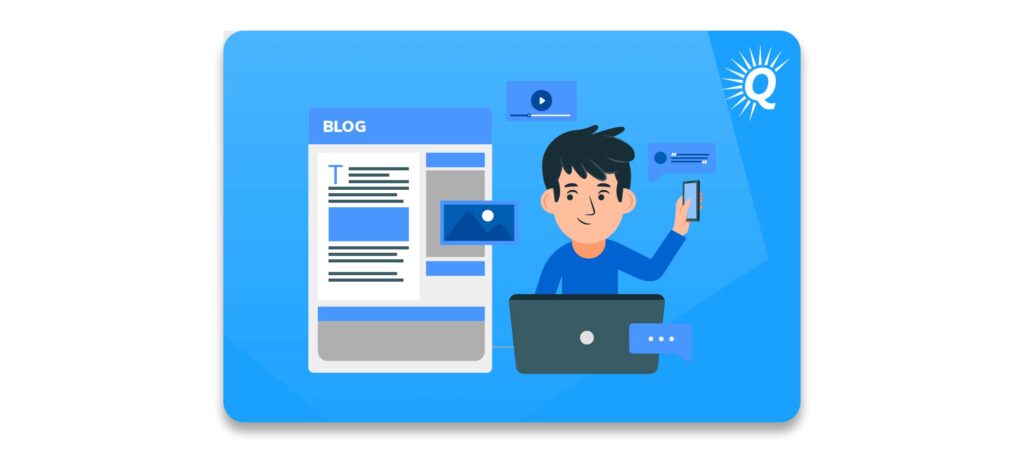

Lastly, email marketing is an incredibly effective way to monetize a blog. Each email subscriber on your list has the potential to become a customer. By creating and launching products to your list, you can work to turn your blog into a money-making machine. E-books, courses, or physical products are all viable options.
You can also partner with like-minded companies and share their products with your readers on an affiliate basis. When your subscribers make a purchase through an affiliate link within the email, you get a percentage of the proceeds. Affiliate marketing is one of the most common ways to monetize a blog.
“Email marketing is an incredibly effective way to monetize a blog.”
7. Make Good Use of Internal Links to Increase Search Rankings.
Internal links are links embedded in a blog post that direct the reader to a different page within your own site. This is as opposed to a link that takes the reader to a completely separate website.
Internal links serve several purposes. For starters, you can make good use of internal links to increase search rankings. Properly placed internal links help build a logical structure or framework for your site. They connect similar content pieces or site pages to each other.
The Google algorithm crawls through your site and identifies these connections and page relations. It then builds a schema of your site and puts it in context. This helps increase your search result rankings.
In addition to providing context for Google, internal links also help a human site visitor to better navigate your site. If they are reading an article and they want to know more about the topic or a related topic, a well-placed internal link can take them to another helpful page.
In addition, your post could potentially link to an e-book resource, lead-magnet email capture form, or online store. In this way, you can turn a reader into a potential lead or customer.
The structure with which you create your internal links will directly impact how effective they are at positively impacting the performance of your site. Do your research, come up with a cohesive link plan, and execute it faithfully.
“Properly placed internal links help build a logical structure or framework for your site.”
8. Perform Keyword Research Regularly.
If you are seeking to grow your blog, it is important to talk about the kinds of things your audience is interested in learning or reading about. For this reason, it is important to research the specific terms your audience searches for. From there, you can work backward to create blog post topics that are relevant and timely for your audience.
By doing keyword research, you will have a better understanding of your target audience, their needs, and what they are looking for. Tools like Semrush or Moz are helpful for finding search volumes related to specific target keywords.
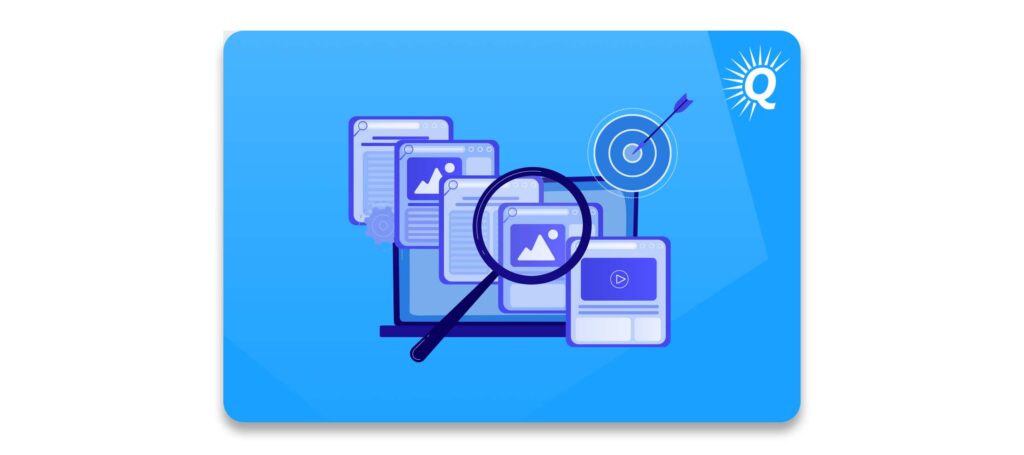

As you probably already know, trends change. It is important to do keyword research regularly to make sure you are writing about terms that are relevant to your target audience now, as opposed to six months or a year ago.
Of course, you likely already have a pretty good idea of what your blog subscribers are interested in. You can drill these ideas down further, however, by looking up search volumes for specific keyword arrangements.
“By doing keyword research, you will have a better understanding of your target audience, their needs, and what they are looking for.”
For example, let’s say you run a wedding-planning and bridal blog and you want to write an article about choosing a good flower vendor. Instead of just choosing “flower vendor” as your keyword, you may want to test whether a close alternative term, such as “floral vendor,” has greater search traffic or more relevance. By doing the research to see what your audience is actually searching for, you can reach a greater number of potential readers.
Whatever your topic and regardless of your experience level, be sure to perform keyword research to grow your blog. The more regularly you do it, the better.
“Guest blogging can be a great way to gain recognition and build your audience in the beginning.”
9. Collaborate with Other Bloggers.
Collaborating with other bloggers is another powerful way to expand your audience and grow your blog. There are a number of different ways to create mutually beneficial collaborations, depending on your needs.
For example, you can pitch a separate blog owner an idea for an article. If they accept, you can write the article and have them post it on their site. And if the other blog owner agrees, you can link the article back to your own blog.
This serves several purposes. It can build up your inbound links (links from outside sites to your own blog), which will serve to increase your domain authority and search rankings. This helps increase your organic traffic moving forward. In addition, you will likely attract some of the blog’s readers to your own blog, increasing your audience and providing you with the opportunity to expand your email list.


Guest blogging can be a great way to gain recognition and build your audience in the beginning. In addition, it will allow you to build relationships with bloggers or companies within your industry.
If you have a successful blog and have expanded your audience, you may want to consider hosting guest bloggers on your site as part of your content marketing strategy. A guest post can help keep your blog content fresh, grow your audience, establish your site as a leader in the field, and improve your SEO performance.
Guest posting aside, you may want to consider writing a sponsored post for a company within your industry or niche. A sponsored post is one where you write about a company or product on your site in exchange for payment. This is another great revenue stream you can tap into once your blog has developed a big enough audience.
Conclusion
Whether you are just starting out or already have an established following, there are always additional steps you can take to grow your blog. By initiating or optimizing the nine strategies we have laid out in this article, you can drive readership, expand your audience, and increase your monetization.
Buy a Profitable Online Business
Outsmart the startup game and check out our listings. You can request a summary on any business without any further obligation.





